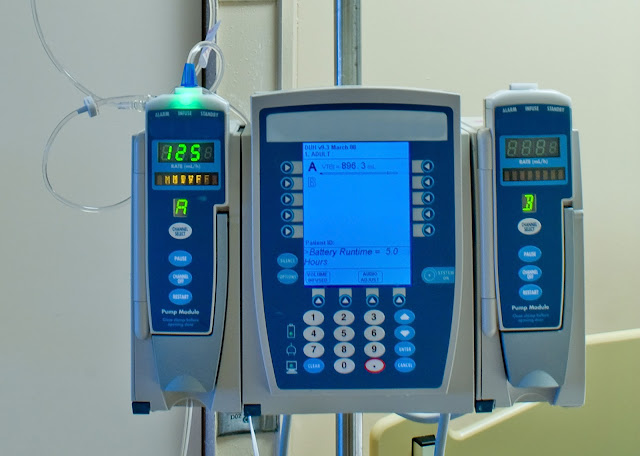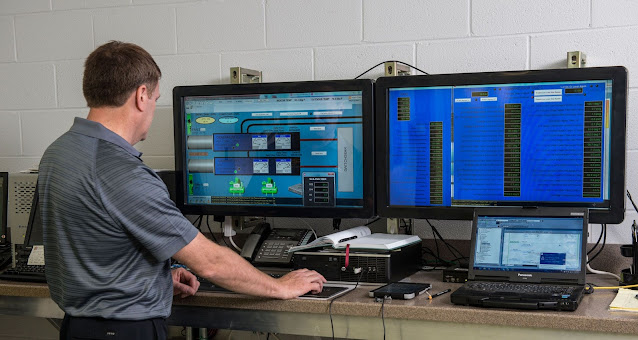Microfluidics Is A Field Of Science That Control Of Fluids On A Small Scale
 |
| Microfluidics |
Microfluidics, a field that deals with the behavior and manipulation of
fluids on a small scale, has emerged as a powerful tool in various scientific
and engineering disciplines. By employing miniaturized channels and chambers,
microfluidic enables precise control over fluids and particles, offering
numerous applications across biology, chemistry, physics, and engineering. The ability to confine and
manipulate fluids within microchannels is a fundamental principle of
microfluidic. These channels are created using microfabrication techniques like
photolithography, soft lithography, and microelectromechanical systems (MEMS)
technology. With dimensions ranging from tens of micrometers to submicron
levels, microfluidic systems provide exceptional control over fluid flow and
allow for precise experimentation.
One of the primary advantages of Microfluidics is the ability to perform experiments with
small sample volumes, resulting in reduced reagent consumption, faster reaction
times, and enhanced sensitivity. This makes microfluidic systems highly
advantageous for chemical and biological analysis. They enable the integration
of various analytical techniques, such as DNA sequencing, PCR, immunoassays,
and cell analysis, facilitating rapid and high-throughput analysis with minimal
sample volume requirements. Microfluidic also plays a crucial role in drug
discovery and development. By enabling high-throughput screening of compounds,
studying cell behavior, and optimizing drug formulations, microfluidic
expedites the discovery process. It allows for the creation of
microenvironments that closely mimic physiological conditions, providing
valuable insights into cellular responses to different drug candidates.
According To Coherent Market Insights The Value
Of The Worldwide Microfluidics Market Is Predicted To Be Us$ 3,800.4 Mn In 2018
And Us$ 12,927.6 Mn By The End Of 2027.
Another significant application of Microfluidics is point-of-care diagnostics. These devices bring the
laboratory to the patient, enabling on-site disease detection, health
monitoring, and basic medical tests. By utilizing small sample volumes,
microfluidic diagnostic devices offer the potential for faster and more
accessible healthcare, particularly in resource-limited settings. Microfluidic devices are also
employed in lab-on-a-chip systems, which integrate multiple laboratory
functions onto a single chip. These systems combine sample preparation,
chemical reactions, separation, and detection in a miniaturized format,
allowing for portable and automated analysis. Microreactors, another notable application of microfluidic, provide an
efficient platform for conducting chemical reactions.
Furthermore, Microfluidics has promising applications in environmental and
energy fields. It enables the study and manipulation of fluids at small scales
relevant to environmental processes. Microfluidic sensors can be developed to
detect pollutants, monitor water quality, and analyze trace elements.
Additionally, microfluidic is utilized in energy-related areas such as fuel
cells, batteries, and micro-scale heat transfer devices.
You Can Also Read Press Release Https://Www.Coherentmarketinsights.Com/Press-Release/Microfluidic-Market-To-Surpass-Us-138-Billion-Threshold-By-2025-487



Comments
Post a Comment